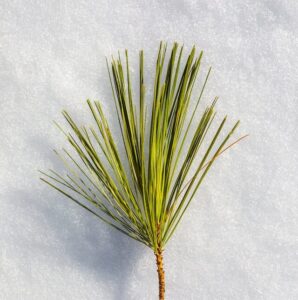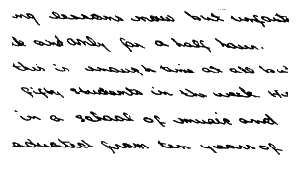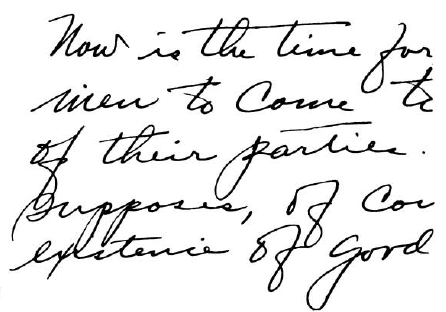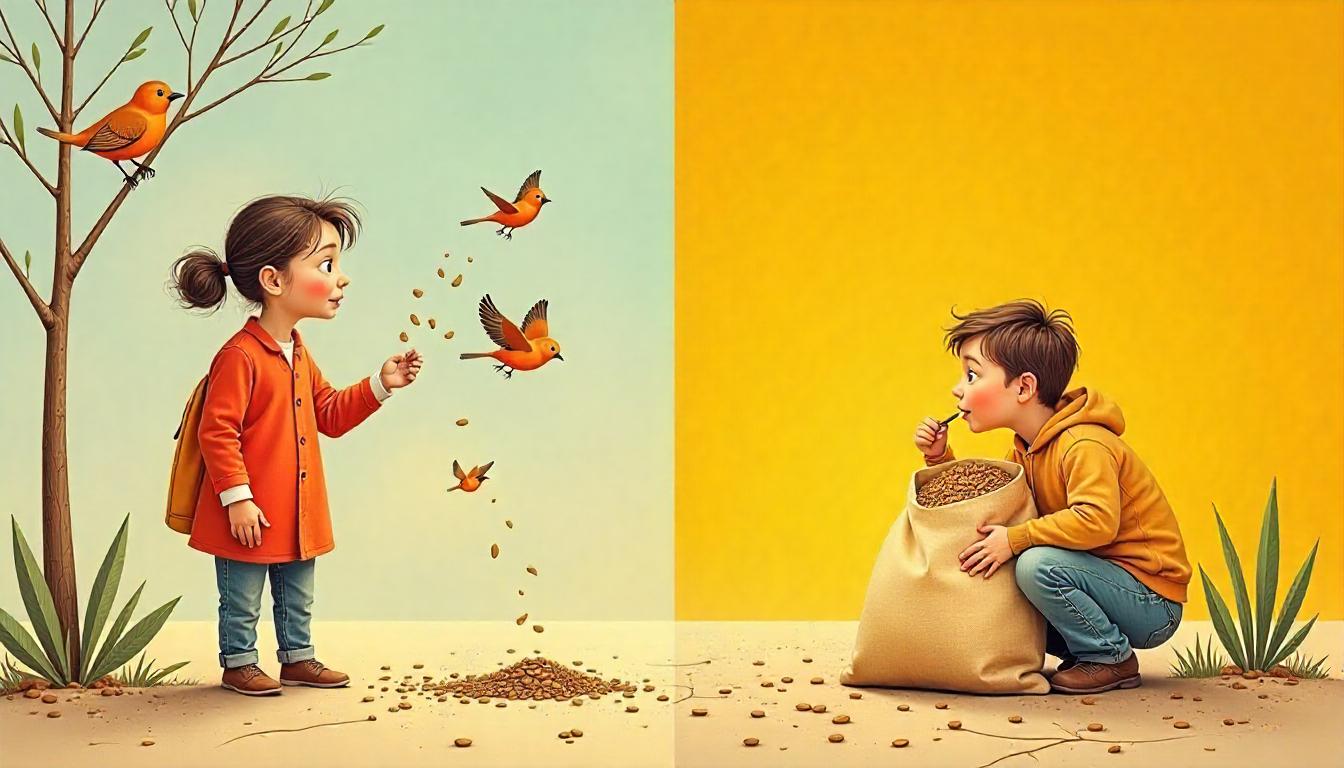There are some strange facts about generosity and selfishness in nature. But the connection between nature and handwriting is downright weird.
If you think that handwriting is an isolated discipline that is distinct and separate from the environment and the rest of the world, you may be in for a surprise!
Strange as it may seem, there is a strong connection between the natural world and handwriting. And if we look closely, we can learn a lot about generosity and selfishness from nature itself.
Generosity in Nature
Generosity in nature is evident everywhere from the bounty of a fruit-laden tree to the multitude of stars in the sky.
When a plant has plenty nutrition, warmth, water and sunlight, it thrives in every way. It grows and blossoms; it develops fruit and willingly gives of its own richness and abundance.
The result of its giving turns out to be a benefit not only to the world but also to the plant itself because the fruit is dispersed and the seeds of its essence are spread far and wide.
But where can we find evidence of selfishness in nature?
Selfishness in Nature
In nature, selfishness is a self-protective device. It’s about the fight for survival in which every plant or animal is involved whenever it is threatened with death or destruction.
In the daily struggle against the often hard and unforgiving environment a plant recognises the need to protect itself against the harsh elements. And so when the sun is hot and the air is very dry the leaves and petals of a flower will curl up and close in towards itself so that it does not give off any extra moisture to the air.
Every bit of moisture it has must be conserved for its future survival and well-being. It cannot allow any transpiration through its leaves because it needs every drop to survive.
It is unable to give for fear of endangering its own life.
There are many crusty old plants that have devised a careful plan – a mission of not giving.
The pine tree has contracted the surface area of its leaves into protective needles to hide its stomata from the drying wind. No intelligent insect would ever dream of looking for a drop of moisture on a pine needle!

The fight for survival will always come first.
In the same way, a person who feels threatened and fears that he will not have enough for himself also closes up like a plant and turns his hands inward towards himself. He looks to his own survival, has nothing to spare and therefore nothing to give.
Generosity in people
On the other hand, if someone has sufficient nourishment and warmth for his physical and emotional well-being he will thrive.
And when he has goodness in such abundance that it starts to overflow he does not need to clutch it to himself as he has far more than he can comfortably manage.
So he starts to unfurl his arms and curve out his hands towards others in a gesture of giving.
And by the giving of this abundance he too benefits as he is surrounded by the good vibrations of his own generosity.
The Connection with Handwriting
So where is the connection with handwriting? And where can we find evidence for this strange connection?
The best way to show you is with some illustrations.
Selfishness in Handwriting
Take a careful look at the illustration below and see how the end strokes look as if they are curling inwards in a self-protective way –
![]()
This is a turning in towards the self and a sign of selfishness in handwriting. There is no outward reach – no sign of giving.
In the next handwriting sample the individual letters are contracted like the pine needles we spoke about. And furthermore, they slant towards the left in a gesture of avoidance.
The handwriting is small and contracted. There is no evidence of a desire to give. But rather we see ample evidence of a personality based on constriction and holding back.

Neither of these individuals will be known for their generosity.
Generosity in Handwriting
Now take a look at the signs of generosity in the following handwriting sample:

Note the large size of the middle zone and the forward thrust showing a desire to connect with others. There is a generous use of space and a driving enthusiasm. Lower loops are generous showing a comfortable relationship with the material things of life. There is no holding back.
And so we see that it isn’t at all strange that handwriting should follow the same rules as the natural world.
After all, we are part of the natural world. And our handwriting expresses it.
If you liked this article I have more!
Get up to date info about my latest articles as I write them:-








Comments